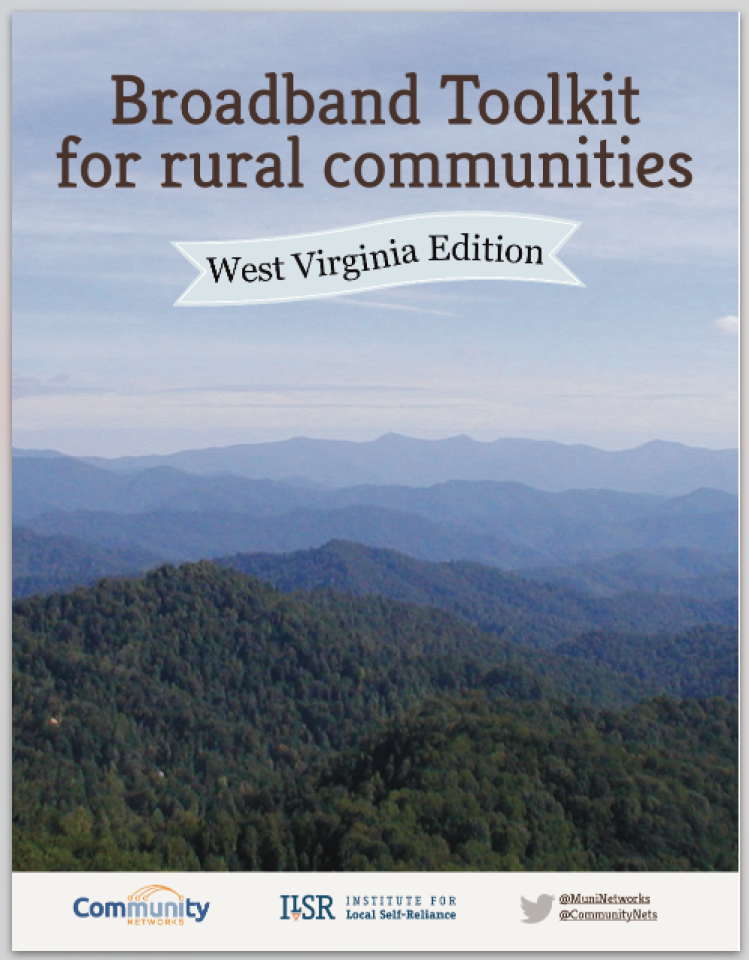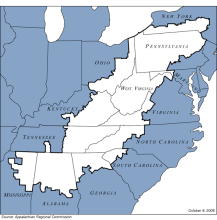Access Appalachia
Update: Please note, this information is now out of date. It was developed in 2017.
This is the central hub for ILSR’s research on Internet access around the Appalachian United States. We have compiled federal statistics on broadband availability and federal subsidies for large Internet Service Providers. We've created detailed maps of 150 counties in Kentucky, Southeast Ohio, and northern West Virginia.
We've also created Rural Toolkits for Kentucky, Southeast Ohio, and northern West Virginia. These toolkits offer a big picture look at connectivity on a regional and statewide level. They also provide action steps for folks to learn more and get involved.
Remember these three key details when reading through this information:
Internet access: if you can get online, check email, and browse the web.
Broadband: the Federal Communications Commission (FCC) currently defines this as speed of 25 Mbps download and 3 Mbps upload.
Fiber-to-the-Home (FTTH): a high-speed fiber-optic connection directly to the home. This type of technology can support speeds of more than 1,000 Megabit-per-second (Mbps).
Appalachia can get better Internet service, but the big companies aren’t going to do it. Cooperatives and small towns are stepping up and delivering world-class Internet service.
Kentucky

This information covers the entirety of the state – all 120 counties.
Rural Toolkit: This toolkit provides the basics of how to get started. From what is broadband to the details of federal funding, this toolkit has got you covered. At the back, it includes a statewide fact sheet, which is also available separately.




